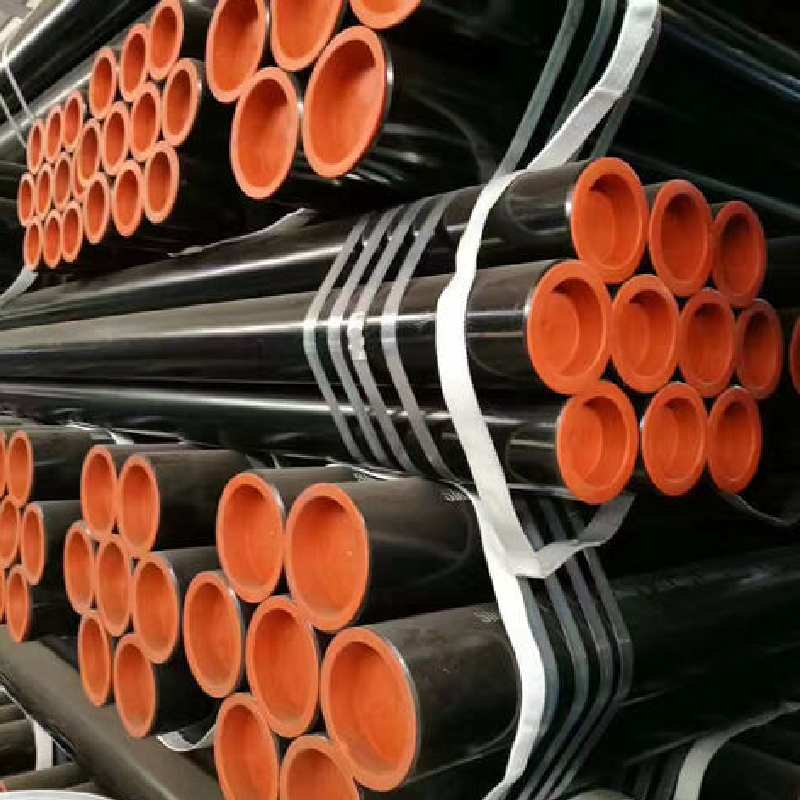-
Cangzhou Yulong Steel Co., Ltd.
-
Phone:
+86 13303177267 -
Email:
admin@ylsteelfittings.com
- English
- Arabic
- Italian
- Spanish
- Portuguese
- German
- kazakh
- Persian
- Greek
- French
- Russian
- Polish
- Thai
- Indonesian
- Vietnamese
- Zulu
- Korean
- Uzbek
- Hindi
- Serbian
- Malay
- Ukrainian
- Gujarati
- Haitian Creole
- hausa
- hawaiian
- Hebrew
- Miao
- Hungarian
- Icelandic
- igbo
- irish
- Japanese
- Javanese
- Kannada
- Khmer
- Rwandese
- Afrikaans
- Albanian
- Amharic
- Armenian
- Azerbaijani
- Basque
- Belarusian
- Bengali
- Bosnian
- Bulgarian
- Catalan
- Cebuano
- China
- China (Taiwan)
- Corsican
- Croatian
- Czech
- Danish
- Esperanto
- Estonian
- Finnish
- Frisian
- Galician
- Georgian
- Kurdish
- Kyrgyz
- Lao
- Latin
- Latvian
- Lithuanian
- Luxembourgish
- Macedonian
- Malgashi
- Malayalam
- Maltese
- Maori
- Marathi
- Mongolian
- Myanmar
- Nepali
- Norwegian
- Norwegian
- Occitan
- Pashto
- Dutch
- Punjabi
- Romanian
- Samoan
- Scottish Gaelic
- Sesotho
- Shona
- Sindhi
- Sinhala
- Slovak
- Slovenian
- Somali
- Sundanese
- Swahili
- Swedish
- Tagalog
- Tajik
- Tamil
- Tatar
- Telugu
- Turkish
- Turkmen
- Urdu
- Uighur
- Welsh
- Bantu
- Yiddish
- Yoruba

Aug . 07, 2024 19:40 Back to list
Selecting the Right 1 Inch Pipe Flange for Optimal Plumbing System Performance and Durability
Understanding the 1-Inch Pipe Flange A Key Component in Piping Systems
In the realm of industrial piping systems, various components play crucial roles in ensuring the reliability and efficiency of fluid transport. Among these essential elements, the pipe flange stands out, particularly the 1-inch pipe flange. Understanding its purpose, types, materials, and applications can help professionals in the industry make informed decisions when designing and constructing piping networks.
A flange is a mechanical component that allows the connection between two pieces of pipe, machinery, or other equipment. The 1-inch pipe flange, as its name suggests, is designed for pipes with a nominal diameter of one inch. This size is commonly used in various applications across multiple industries, including oil and gas, water treatment, and chemical processing.
Types of Flanges
There are several types of flanges available, each designed for specific applications. The most common types include
1. Weld Neck Flange This flange has a long neck that allows for a strong, continuous weld to the pipe, making it ideal for high-pressure applications.
2. Slip-On Flange Designed to slip over the pipe, this flange is easier to align and weld. It is suitable for lower pressure applications.
3. Blind Flange Used to seal the end of a piping system, blind flanges do not have a center hole and are utilized when the flow needs to be stopped.
4. Socket Weld Flange This type of flange is designed for use with small diameter pipes, where the pipe is inserted into a socket on the flange and welded into place.
5. Threaded Flange It features internal threads that allow it to be screwed onto a pipe, providing a mechanical connection without the need for welding.
Materials
The choice of material for a 1-inch pipe flange greatly influences its performance and application
. Common materials include1 inch pipe flange

1. Carbon Steel Known for its strength and durability, carbon steel flanges are widely used in various industries, particularly when strength is paramount.
2. Stainless Steel Offering excellent corrosion resistance, stainless steel flanges are ideal for applications where the flange will be exposed to harsh chemicals or moisture.
3. Plastic In non-corrosive environments, plastic flanges can be an economical choice, providing a lightweight option that is easy to handle.
4. Alloy Steel For high-temperature and high-pressure applications, alloy steel flanges are preferred due to their enhanced mechanical properties.
Applications
1-inch pipe flanges are utilized in numerous applications, including
- Water and Wastewater Management They facilitate the connections in pipelines transporting water for treatment or distribution.
- Oil and Gas Industry Flanges are essential in connecting pipes, valves, and pumps in refinery and distribution systems.
- Chemical Processing They ensure secure connections in systems that transport various chemicals, ensuring safety and efficiency.
- HVAC Systems In heating, ventilation, and air conditioning, flanges are pivotal in connecting ductwork and piping.
Conclusion
The 1-inch pipe flange is a vital component in modern piping systems, offering a reliable means of connecting various system parts while accommodating the specific needs of different industries. With a wide variety of types and materials available, selecting the appropriate flange is crucial for ensuring operational efficiency, safety, and longevity of the piping infrastructure. By understanding the characteristics and applications of the 1-inch pipe flange, engineers and technicians can optimize their designs and enhance the performance of their systems.
Latest news
-
ANSI 150P SS304 SO FLANGE
NewsFeb.14,2025
-
ASTM A333GR6 STEEL PIPE
NewsJan.20,2025
-
ANSI B16.5 WELDING NECK FLANGE
NewsJan.15,2026
-
ANSI B16.5 SLIP-ON FLANGE
NewsApr.19,2024
-
SABS 1123 FLANGE
NewsJan.15,2025
-
DIN86044 PLATE FLANGE
NewsApr.19,2024
-
DIN2527 BLIND FLANGE
NewsApr.12,2024
-
JIS B2311 Butt-Welding Fittings LR/SR 45°/90° /180°Seamless/Weld
NewsApr.23,2024











